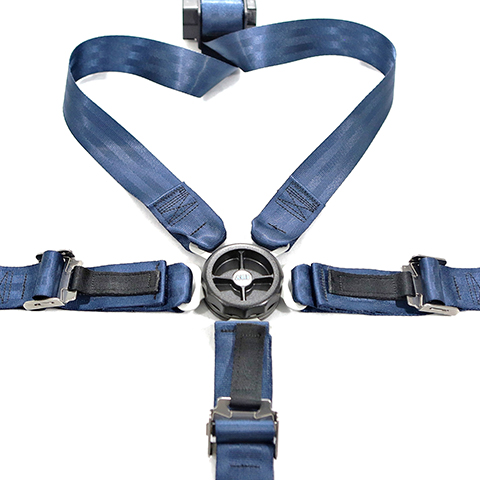In line with the experts, helicopter transport of a serious patient is a foremost safety risk for air medical people. Even if physical restraints alone are of great help, the accumulation of chemical restraint (known as CR in short) significantly comes into play to manage such patients when they are in flight.
According to an assessment that was carried out to find out the existing practices of making use of non-paralyzing chemical restraints in air medical transport programs all over the world. The survey involved twenty-four questions about the use of CR for the duration of transport. All U.S. programs related to the Association of Air Medical Services were called via telephone, and a flight nurse or paramedic gave answers on the basis of their personal understanding and statistics accumulated by their individual program.

As per the survey, of the hundred programs giving a response, benzodiazepines were used most frequently in order to manage agitation with fifty-one percent using midazolam. And if we talk about the patients who had a head injury, they needed CR more frequently in comparison to any other condition (seventy-three percent). And when it comes to crews who were flying bigger aircraft, they reported fewer requirements for helicopter restraints. A doctor ordered was needed by just thirty percent of the programs, but hindrances from time to time endangered the patient (two percent). Merely seven percent of the responding programs had a sufferer whose situation got worse due to CR.
For this reason, CR is found essential in air medical transport. Most programs make use of short-acting benzodiazepines. In addition to this, crews in smaller helicopters utilize CR more repeatedly, and head injury is considered the most general condition that needs such restraint.
Even if the tradition of restraining serious patients is a usual thing, restraint has been neither consistent nor scrutinized in the air medical transport setting. One more conservative study was carried out via faxed questionnaires to ninety-two medical directors who were members of the Air Medical Physician Association (AMFA). This study of air transport services reported a minor occurrence of damage to staff (seventeen percent) than is reported in studies from Emergency Departments (sixty percent). Apart from this, it was also showed in the study that air transport services have protocols leading actions toward violent patients (sixty-five percent) more frequently than has been reported in studies on EDs (fifty percent). If we talk about protocols, they were different in nature and size.

